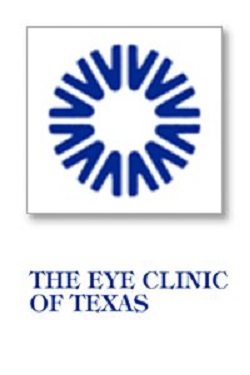


 “Seeing a solar eclipse is an incredible experience. But, Houston residents need to be aware of the risk that viewing a solar eclipse can present if you do not take the necessary eye safety precautions,” commented Bernard Milstein, M.D. of The Eye Clinic of Texas. Understanding how to observe the solar eclipse and using some eye safety precautions will make it an awesome experience.”
“Seeing a solar eclipse is an incredible experience. But, Houston residents need to be aware of the risk that viewing a solar eclipse can present if you do not take the necessary eye safety precautions,” commented Bernard Milstein, M.D. of The Eye Clinic of Texas. Understanding how to observe the solar eclipse and using some eye safety precautions will make it an awesome experience.” 
